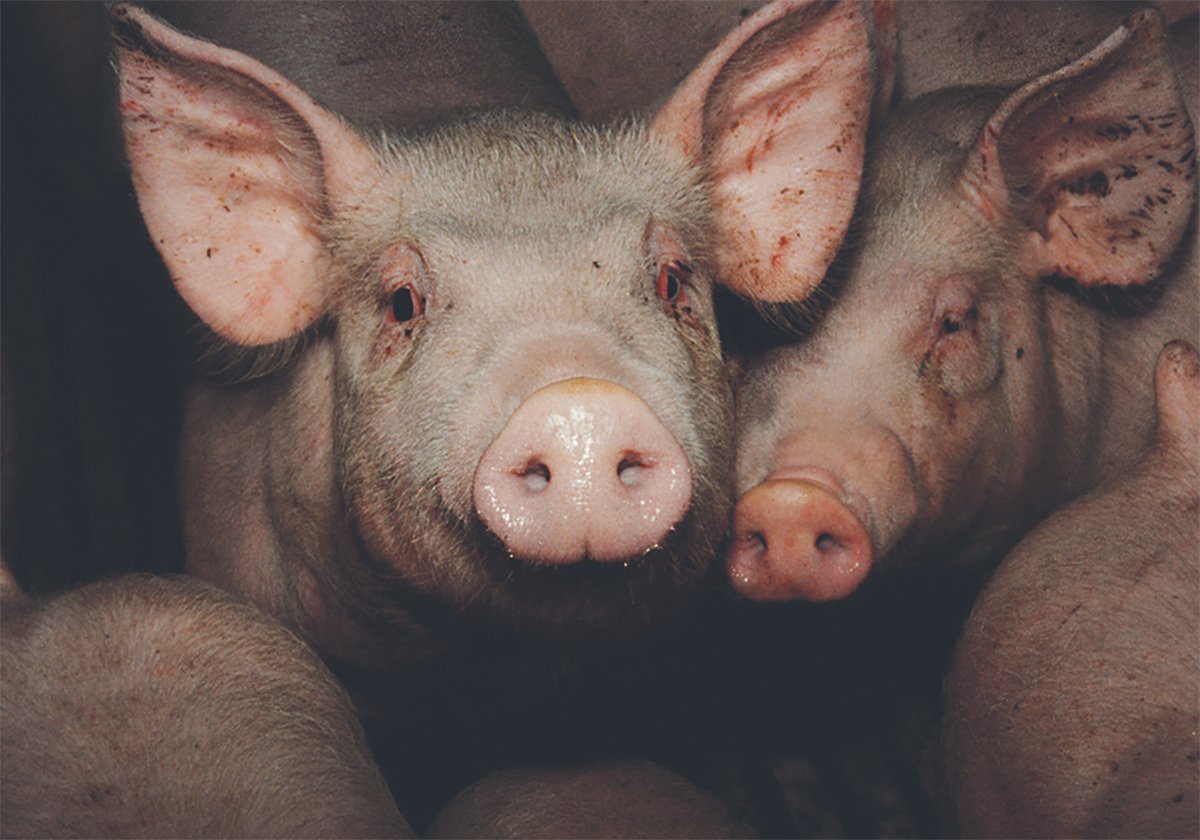Funds stretched beyond capacity | An end to meat processing in the U.S. has left rescue shelters stretched beyond capacity
LOUISVILLE, Ky. — The spectre of the unwanted horse continues to trot across the American landscape.
These unwanted animals have become an added burden to the taxpayer since the United States ended processing horses for meat in 2007.
Thomas Lenz, equine veterinarian for Zoetis and a past chair of the Unwanted Horse Coalition, said the American public loves horses be-cause of the cowboy culture portrayed in television and movie westerns, in which heroes ride horses.
Most Americans consider them pets and disdain eating horse meat.
Read Also

The Western Producer Livestock Report – October 30, 2025
Western Producer Livestock Report for October 30, 2025. See U.S. & Canadian hog prices, Canadian bison & lamb market data and sales insights.
“This is a really complicated issue because most of the horse industry considers them livestock,” Lenz said during a horse welfare session held April 16 at the National Institute for Animal Agriculture conference in Louisville.
Horse owners may want to get rid of their animals because they are old, sick, injured, skittish, unsuitable for given tasks or unaffordable.
The horses sell for $150 to $200 at auction and their fate may be adoption, retirement to a shelter or export to Canada or Mexico for processing.
The peak year for U.S. horse slaughter was 300,000 in 1990.
Lenz said owners can pay about $400 to euthanize and dispose of their horse’s carcass or earn about $200 for a live animal for the export market.
Last year, 110,000 horses went to Mexico and 49,000 to Canada. The lower numbers to Canada may partly be due to stricter health certification in that country.
Erika Caslin, manager of the Un-wanted Horse Coalition, said re-opening slaughter plants has been discussed in the U.S., but the future is uncertain and horses are moved great distances to slaughter. The coalition formed in 2005 and comprises 32 horse industry groups.
“A lot of horses go to auction, but the horses are shipped across the borders regardless of where they are. They just endure long rides,” she said.
As well, 15,000 wild horses and 6,000 burros run on federal lands. The public wants them left alone but too often there is not enough feed or water.
The government spends about $1,400 to capture each feral horse. If not adopted, the horses go into long-term sanctuary, primarily in Oklahoma and Kansas, where the government pays $500 per horse per year to care for the animals until they die of old age.
These horses used to live about 10 years but now with good care they may live past 20.
Private rescue groups operate in the U.S., but Caslin said they are stretched beyond capacity.
A 2009 survey found that 39 percent of shelters were at maximum capacity and 30 percent were nearly full. Grants are available for registered non-profit shelters, but many are in dire straits.
“A lot of them are shutting down,” Caslin said. “It is so expensive and they are not getting the money they need and fundraising is hard.”
Nine million horses used to live in the U.S., but the population has dropped to seven million. Lenz said the exact number of unwanted horses is unknown.
A tax credit was available for horse owners until 1985, and the population dropped when that ended.
The industry rebuilt as the economy picked up and peaked in 2006, but people started shedding their horses again when the economy collapsed in 2008.
There were also reports of horses being dumped last year.
“I see more abandoned horse issues in areas of drought,” Caslin said in an interview. “The calls I get are from people who find them and they are still alive. They are brought in by animal control and a rescue.”
If possible, they are rehabilitated and adopted.
Owner trace back is nearly impossible because most of them are grade horses with no registration or microchips.
The coalition has several programs to educate the public about the responsibility of owning a horse and also offers information on how to set up a non-profit shelter and rehabilitate unwanted animals.
The coalition also set up castration clinics and placed links to hay banks on its website to help horse owners find feed during drought and tough economic times.















